
A spatial justice framework for
age-friendly cities and communities
Tine Buffel, Patty Doran and Sophie Yarker

Planning for an ageing city
The world is increasingly urban and older. Today already, more than 55% of the world’s population is living in cities. This figure is projected to reach 85% by 2100. At the same time, the pace of population ageing is faster than ever before. In 2020, for the first time in history, the number of people aged 60 and over outnumbered children younger than 5 years old. By 2030, 1 in 6 people will be aged 60 years or over.
The simultaneity of demographic change and deepening urbanisation means that cities must move quickly to plan for ageing populations and provide the services and infrastructure their residents need. This is especially important given that most people will ‘age in place’ or remain living in their home and community rather than move into residential care.
However, the places in which people grow old are often challenging and present barriers to ageing well in place. This may be especially the case in cities which are largely imagined and redeveloped with a younger, working age demographic in mind. Older people are rarely incorporated into mainstream thinking and planning around urban environments.
- How can cities reconcile ageing issues with urban (re-) development?
- How can the resources of cities best be used to benefit the lives of people of all ages?
- How can older people shape and develop those resources to support ageing in place?
These were some of the questions which inspired the development of the project ‘Urbanisation and population ageing: Interdisciplinary perspectives on “ageing in place” in cities’. This study aims to develop an innovative and interdisciplinary approach to understanding how urban environments can adapt to meet the needs of a growing and increasingly diverse ageing population. To do so, we are examining policies and initiatives that have been developed to support ageing in place in seven cities: Akita in Japan, Bilbao in Spain, Brno in the Czech Republic, Brussels in Belgium, Manchester in the UK, Oslo in Norway, and Québec in Canada. More information about the cities’ demographic profile and their engagement with ageing policies can be found here.

Age-friendly cities
The cities studied in this project share an interest in creating ‘age-friendly’ environments – a framework developed by the World Health Organization (WHO) to support people to age in place, which has subsequently been identified as one of four action areas in the United Nations Decade of Healthy Ageing 2021-2030.
‘Age-friendly’ environments can be defined as places where people of all ages feel involved, valued, and supported with infrastructure and services that meet their preferences, needs and aspirations.
In 2010, the WHO launched the Global Network of Age-friendly Cities and Communities. Since its inception, the Network has seen a rapid growth in membership extending to over 1500 cities and communities in 51 countries (2023 figures) who are working to improve their physical and social environments to become better places in which to grow old. The growth in popularity of the age-friendly movement has led to a variety of achievements. These include:
- A greater recognition in urban and regional planning of the implications of population ageing, for example in (re)designing outdoor spaces, housing and transportation.
- A greater reach and influence of campaigns aimed at reducing ageism and the forms of discrimination that people experience based on their age.
- The development of innovative approaches to ‘co-production’, building on the central involvement of diverse groups of older people in co-producing age-friendly policy and practice.
- Support for the development of interdisciplinary work, linking fields such as urban design, architecture, sociology, social policy, social gerontology, community development, public health, healthcare, and others.
Importantly, the WHO has developed a framework for age-friendly action through its eight domains that ensures an integrated response to urban ageing – not one that is confined to health and social care programmes alone.
However, a combination of widening inequalities within urban environments, together with the impact of austerity on local and municipal government budgets, has raised questions about future progress in age-friendly and related activities. Despite the widespread adoption of the framework, issues have also been raised about the ‘inclusivity’ of the age-friendly model. In studies across European cities, it was found that there are still groups of older people who tend to be under-represented in age-friendly initiatives, pointing to the neglect of racial and ethnic minorities, refugees, those with particular physical and mental health needs, and those living in extreme poverty.
Underpinning ideas of ‘age-friendliness’ are concepts linked to ‘active’ and ‘healthy ageing’, part of the shift to what has been viewed as a more comprehensive and positive vision of ageing. Yet concerns have been raised regarding the extent to which this might marginalise vulnerable groups amongst the older population. For example, it has been suggested that having an emphasis on active ageing can paradoxically undermine the value of some individual experiences associated with old age, such as illness, impotence, frailty or vulnerability.
It has been argued that the political economy of the 21st century (exacerbated by the impact of COVID-19) created the basis for new forms of exclusion within the older population. Whilst some groups have the resources to protect themselves from insecurities affecting communities, others are likely to find themselves at increased risk of economic and social exclusion.
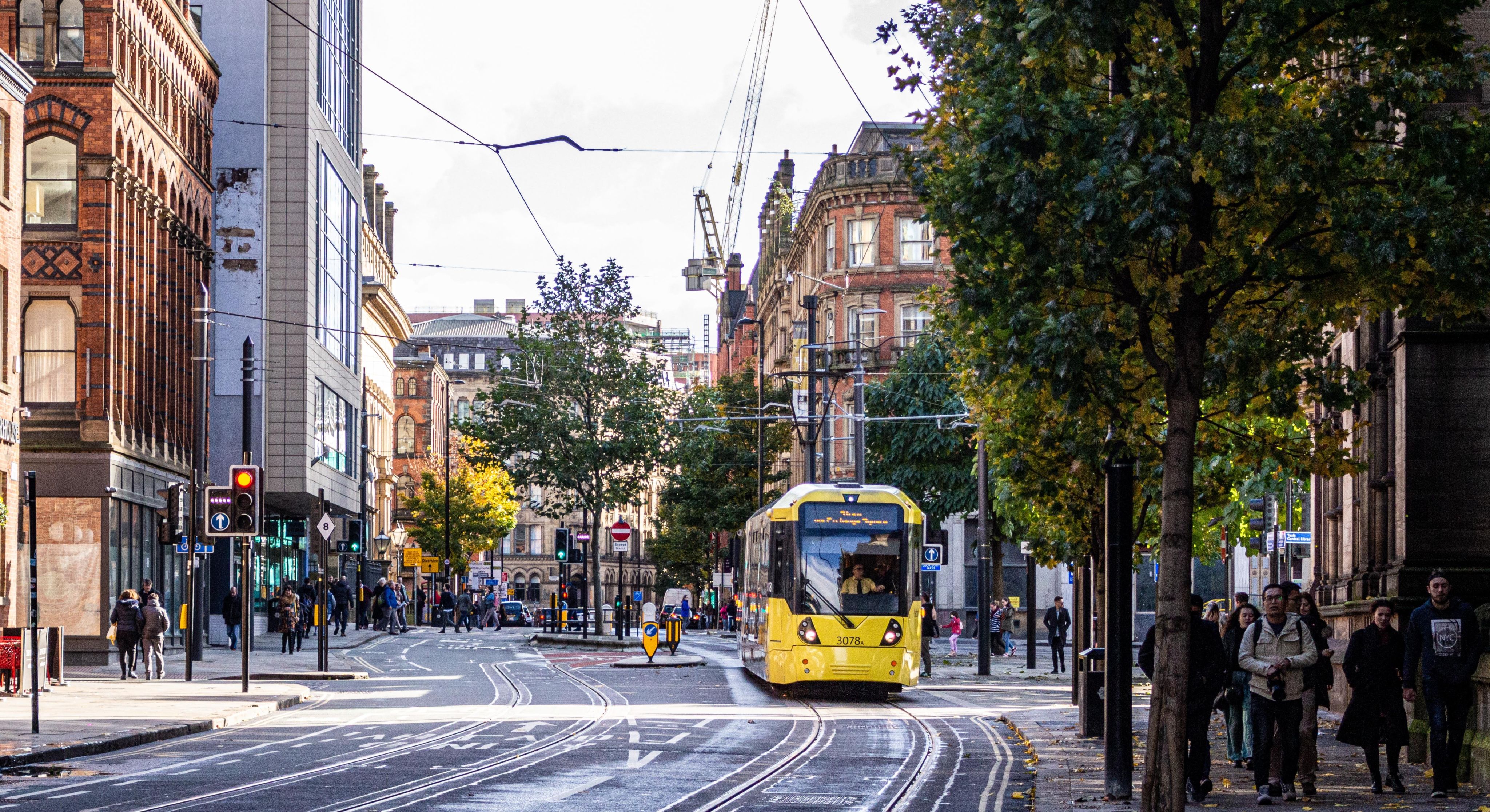
Progressing the age-friendly agenda through a spatial justice framework
In response to the above limitations and challenges, we argue that the concept of ‘spatial justice’ offers a useful lens through which to critically consider age-friendly policies and interventions.
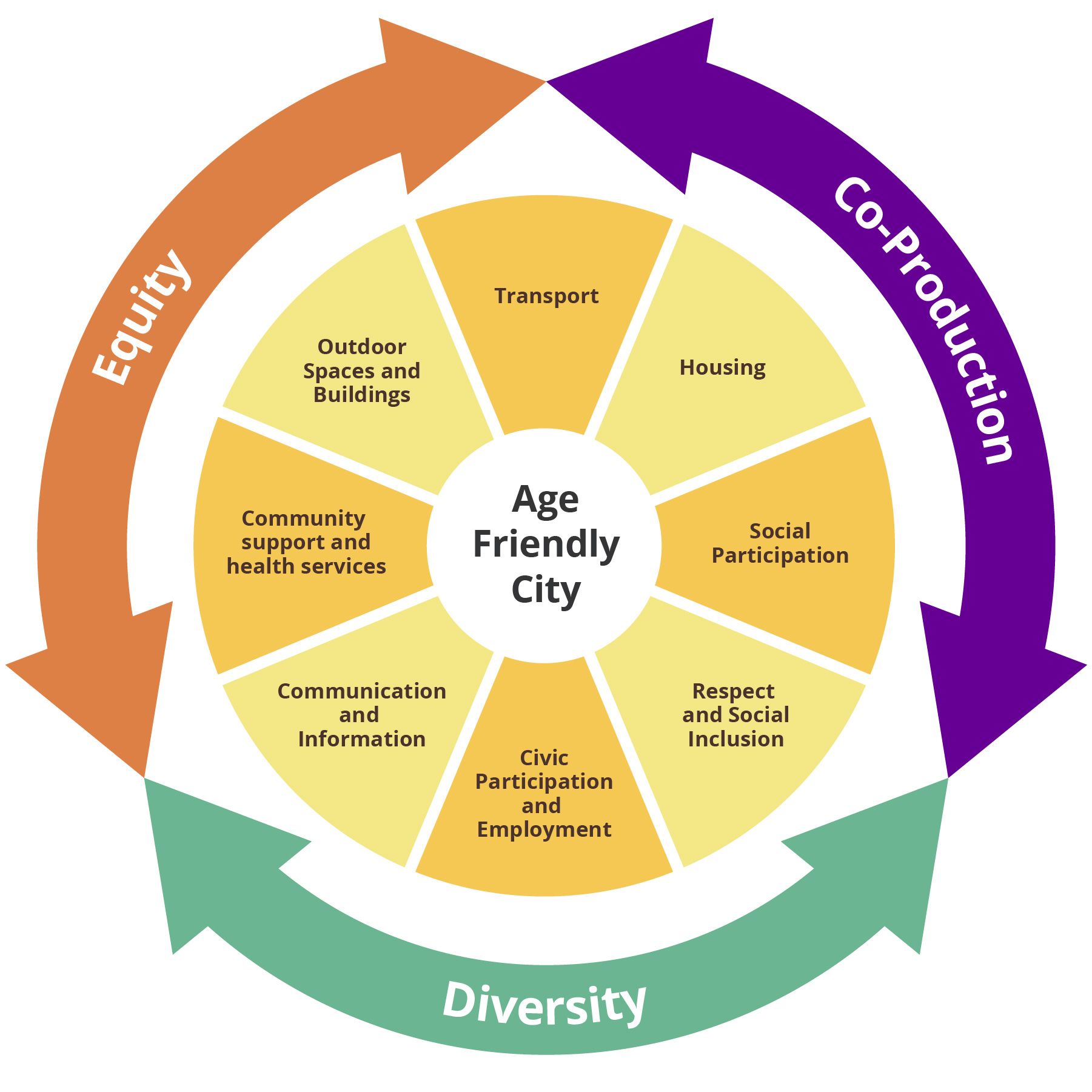
Edward Soja defines spatial justice as ‘an intentional and focused emphasis on the spatial or geographical aspects of justice or injustice’ and ‘the fair and equitable distribution in space of socially valued resources and the opportunities to use them’.
What does a spatial justice framework bring to the study of age-friendly cities? In a nutshell, it brings a focus on how age-friendly interventions could be used to respond to the inequalities within the older population whilst improving the experience of ageing in place amongst minoritised and marginalised groups. Specifically, a spatial justice orientation calls on age-friendly initiatives to attend to:
- The nature and drivers of social and health inequalities in later life
- How these are determined or shaped by the uneven capacity of places to support older people
- How age-friendly interventions can mitigate or exacerbate these place-based inequalities
We draw on Susan Fainstein’s work to argue that ‘spatial justice’ in an urban context should encompass diversity, equity and co-production. A focus on diversity, to ensure recognition, respect and inclusion of those with marginalised and minoritised identities; equity to ensure there is a fair distribution of resources and opportunities for everyone to use those resources; and co-production to ensure the central participation of residents (of all ages) in decision-making and shaping strategies for urban planning.
Connecting age-friendly work to wider concerns of social and spatial justice has important implications for the idea of ‘ageing in place’. One outcome might be that it allows for a discussion of more radical age-friendly approaches. This would support the work of scholars who caution against the uncritical celebratory approaches to age-friendly communities and encourage seeking approaches that might challenge capitalist or neoliberal ideologies in cities. It might also allow age-friendly agendas to engage more with broader social and political movements such as those around racial, environmental, and intergenerational justice. The impact on older people themselves would ultimately be to help centre the less-often heard voices within ageing populations by drawing attention to the different forms of exclusion and inequality experienced in later life.
Strengthening collaboration with key stakeholders, and giving priority to the rights of groups often at the margins of age-friendly debates – notably people with a disability, minoritised communities, and those living in areas of multiple deprivation – will be critical in progressing this agenda. Co-production, with older people taking the lead in debates around the future of their cities and neighbourhoods, represents a key theme for developing age-friendly work and supporting people to age in the right place.
But a further aspect – one which we would argue should now be listed as an integral dimension to age friendly work – must be ensuring that people’s access to social justice and their right to the city is not progressively weakened as they move through the life course. The 21st will not only be the century of the city but that of ageing cities as well. Ensuring ‘spatial justice’ for different groups of older people should therefore become a crucial part of the ageing in place debate, with strategies to enable communities to increase control over the conditions that shape their lives representing a key task for public policy.
Applying a spatial justice approach to the study of age-friendly cities, allows our research to ask:
- To what extent and in what ways do age-friendly policies support the development of spatial justice (equity, diversity and co-production) in cities?
- To what extent do age-friendly policies benefit older adults with distinctive needs and diverse identities?
- How are marginalised groups of older people involved in the development of and decision-making processes around age-friendly policy?
We have been discussing these questions with a wide range of leaders from the seven cities involved in the Ageing in Place research project, using various methods, including knowledge exchange workshops, interviews, and a questionnaire. Representatives from governmental, nongovernmental, community-based, private, academic organisations and older people themselves all shared their views about how age-friendly work can be developed to progress spatial justice in cities.
What follows below is the first stage of a co-produced account of age-friendly initiatives and projects from the cities that have the potential to meet some of the challenges around diversity, equity and co-production. Further research and evaluation of these initiatives is needed to assess the extent to which they are effective in improving the quality of life of older people and their communities in the respective cities.

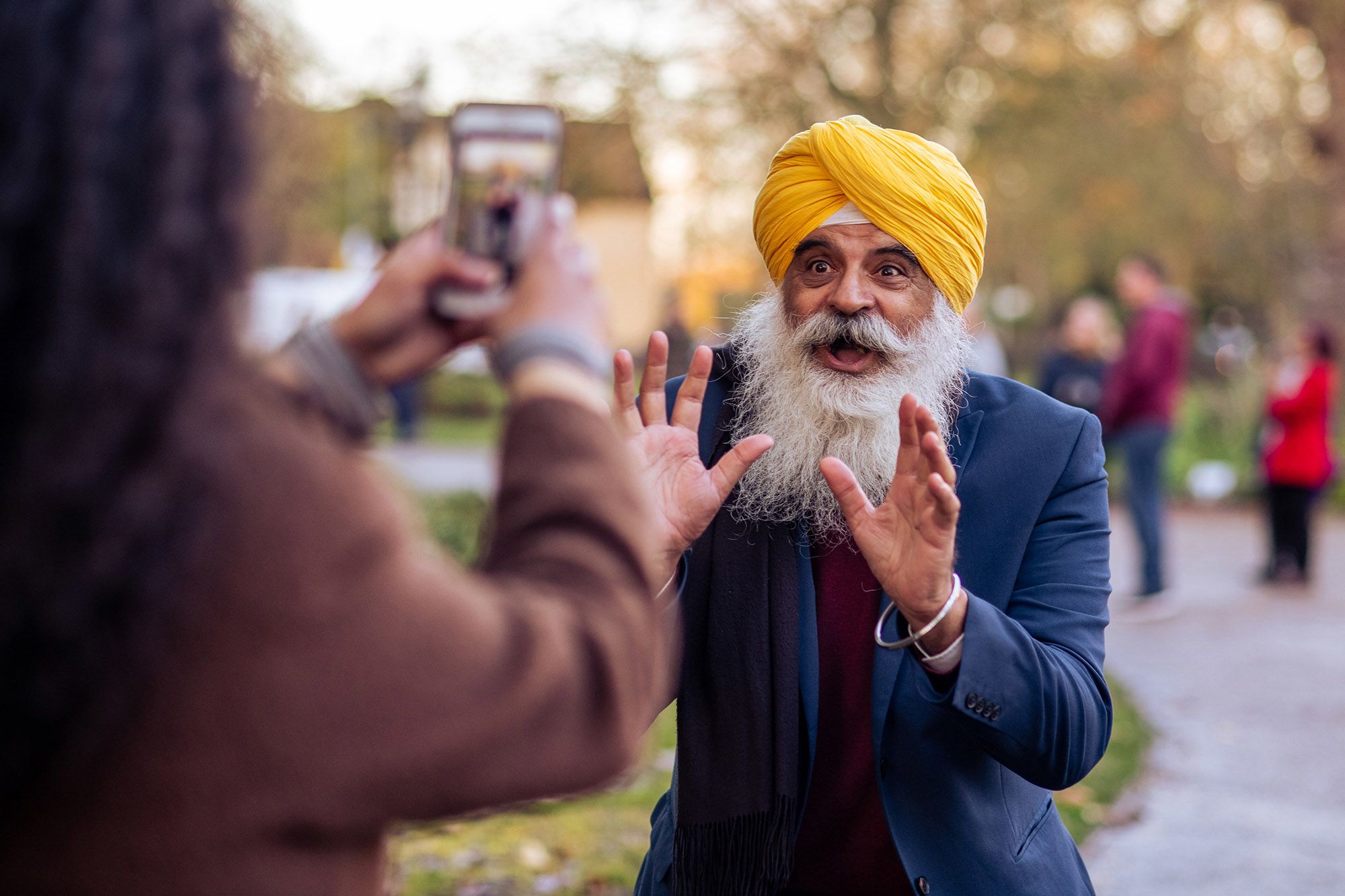
Diversity
Diversity refers to the recognition and inclusion of minoritised identities in age- friendly policies.
Awareness of contrasting issues faced within the older population will be essential to ensure that the benefits of urban policy and age-friendly initiatives are shared amongst different groups. This includes different ethnic groups, sexually minoritised older people, those living in areas with higher levels of economic deprivation, those with mental and physical health needs, older people with disabilities, and those with cognitive impairments. At the same time, age-friendly urban policy should not only focus on the diversity within current cohorts of older residents but also work towards longer-term neighbourhood change that can benefit successive cohorts of older residents.
In Québec, the Sensibilisation du Personnel Municipal programme offers awareness training for local authorities with the aim of reducing ageism, together with other forms of discrimination which might be experienced by older people. It was developed as one of several actions carried out as part of the International Day of Older Persons. The training includes sharing the lived experiences of older people. Ageism causes people to be excluded from society and its institutions. It can mean receiving unfair and unjust treatment from health, housing, employment and a range of other services. For individuals, ageism negatively impacts on mental health, physical health, financial wellbeing while in society at large, it widens social divisions and inequalities. Addressing ageism is therefore a vital part of age-friendly work. Training like this one in Québec can help in addressing this as they start with the lived experience of older people and consider the implications of ageism in a range of areas across the remit of the local authority. Initiatives like this that address ageism have the potential to ensure that services for older people take into account the diversity of needs within older populations and that older people are not considered a homogenous group.
In Oslo, in line with person-centred care, older people from the LGBTQ+ community have the right to be met and understood in an equal way. The Association for Gender and Sexuality Diversity, and The Centre for Development of Institutional and Home Care Services (USHT) , both in Oslo, collaborate on competence-enhancing services in the city, so that employees in the health and care services can increase their understanding of LGBTQ+ people's and needs. The goal is for older LGBTQ+ people who live at home, or in an institution, to experience inclusive care and to be met with knowledge, respect and understanding. The collaboration is in line with Oslo Municipality's Proud and Free Action Plan for Gender, Gender Expressions and Sexuality Diversity 2020 - 2023.
This example demonstrates the importance of working with equalities organisations and groups representing the needs of communities of identity or experience who have been historically marginalised. Such organisations are often best placed to know the needs of their communities and advocate with and for them within age-friendly work. This kind of collaborative working allows a greater diversity of voices to be centred within the ageing agenda and provides a pathway to connecting with wider issues of intergenerational, racial, and environmental justice.

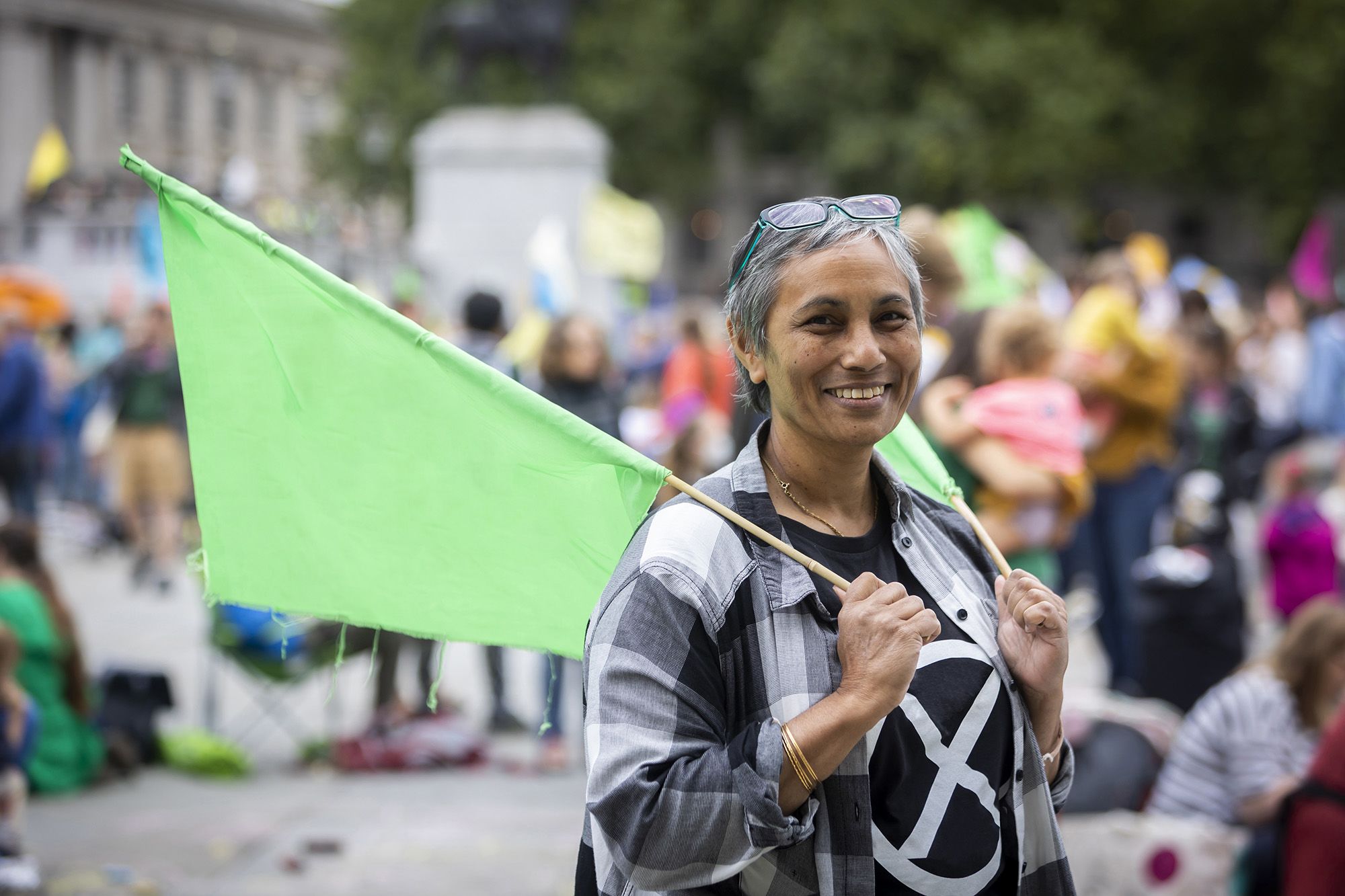
Equity
Within a spatial justice framework, equity is about ensuring that there is a fair distribution of socially valued resources and the opportunities for everyone to use them.
It refers to a distribution of both material and non-material benefits derived from public policy that does not favour those who are already better off at the start. So, equity relates to achieving fairness, not necessarily equality. The route to achieving equity will not be accomplished through treating each person in the same way, rather it will be achieved by treating everyone equitably, or justly, according to their circumstances. The pursuit of spatial justice involves working towards achieving greater material equity and fairness for historically oppressed groups.
The argument here is that equity provides a useful principle by which to judge and evaluate age-friendly policies and initiatives. Criticism has been levelled at the WHO Framework of Age-friendly Cities and Communities for failing to fully recognise the role of structural inequalities associated with ageing in an urban context. A consideration of equity within the Framework would require that the distributional outcomes of age-friendly programmes are assessed in terms of:
a) Who benefits from them? and b) To what extent?
A focus on equity in age-friendly work would suggest the need for investing in programmes that work towards a fair distribution of resources and spatial benefits and opportunities in cities. That is, programmes that are economically, socially, and spatially redistributive, and are aimed at improving the quality of life of those who are less well-off or those who – without intervention – would suffer from relative deprivation.
In Brno, there has been a focus on public and individual transport for older people. The Seniorbus project provides individual transport specifically for older people. A vehicle for seniors is 50 crowns - less than 2 euros. Every senior can order a vehicle from point A to point B (i.e., to any address in Brno) for any personal or medical needs. Older people also have free public transport in Brno. They can also call a Support Person during their journey on public transport in Brno, i.e., from the starting stop to the destination, including transfers if this journey is connected to other public transport usage. This includes personal assistance in using the bus itself such as boarding, transferring to and from the vehicle and finding the right connection. By providing older people with both financial and practical support to access public transport, the Seniorbus has the potential to open up city-wide travel in Brno to those who have previously been excluded. The subsidised fare means this form of travel becomes more accessible to older people living on low incomes and the personal practical assistance provided means those with disabilities or mobility issues are supported in using it also.
Initiatives such as this have the potential to advance spatial justice by connecting different parts of the city, including those neighbourhoods which may be more economically disadvantaged or which have historically had poorer public transport infrastructure. However, such projects need to be operated with an equalities mindset to ensure the needs of the more marginalised groups are taken into account. This might mean re-designing bus routes to include more physically accessible bus stops or previously disenfranchised neighbourhoods and allowing additional travel time to allow staff to attend to specific needs such as for those with cognitive impairments.
In Bilbao, one of the ten strategic areas of the Third Age Friendly City Plan, (2020-2030), relates specifically to equity, with one objective being to promote equity between the different districts and neighbourhoods of the city. Like many cities there are notable disparities between levels of wealth and income across the different neighbourhoods in the city. These economic inequalities can translate into an unevenness in which neighbourhoods are involved in age-friendly work. Therefore, the city of Bilbao is in the process of setting up groups in three pilot neighbourhoods to represent the older population living there. The purpose of these pilots is to experiment with different forms of community participation, recognising that older people living in different neighbourhoods will have different needs and therefore will engage with age-friendly work in different ways. Attending to neighbourhood differences in this way by trailing and adopting new ways of engaging communities in age-friendly work can promote spatial justice by recognising and addressing social and spatial inequalities in cities. This can lead to more community-specific ways of working that can support a fairer distribution of opportunities for older people to become involved in age-friendly work.

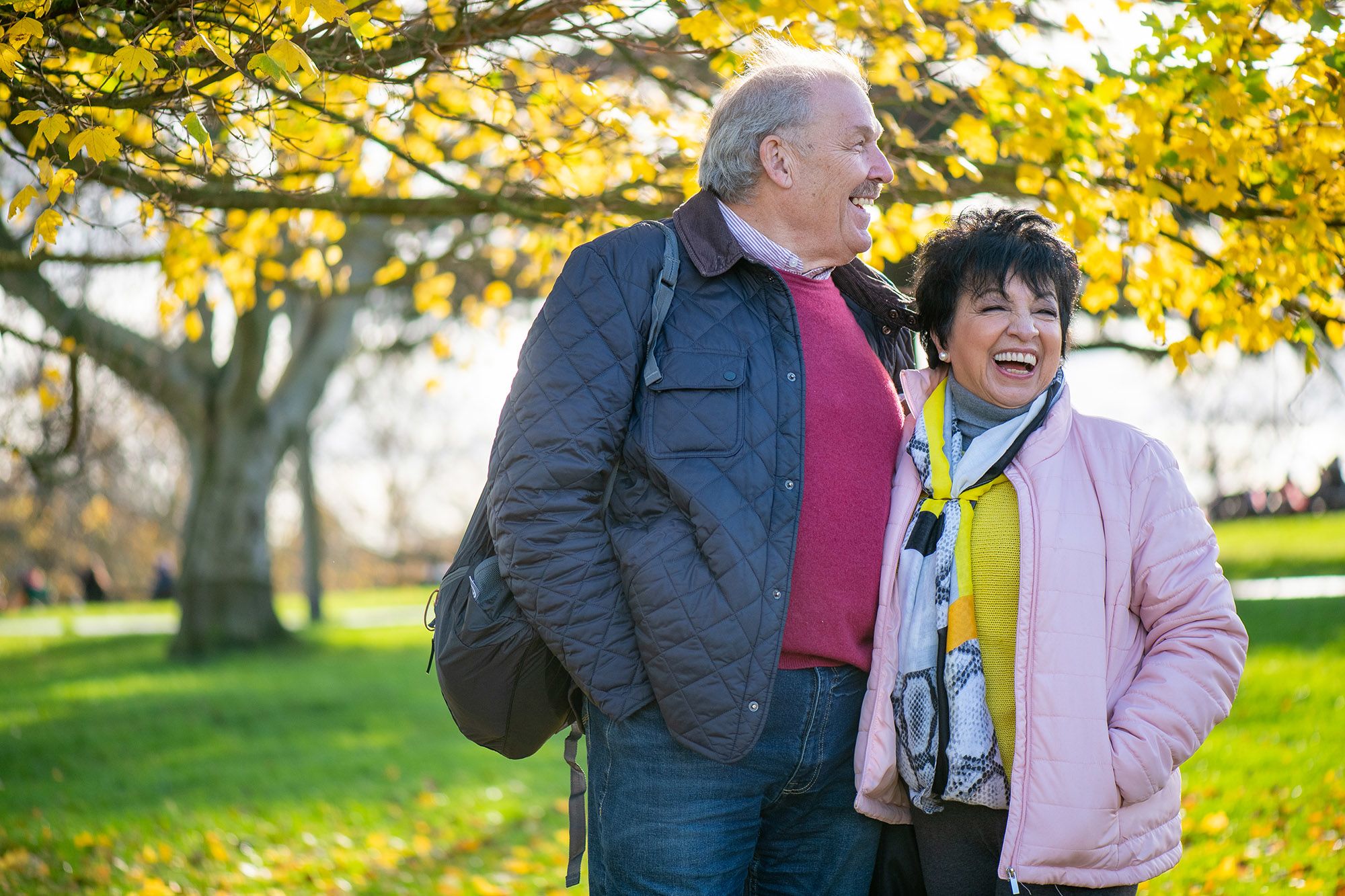
Co-Production
Co-production is a collaborative approach to working in equal partnership with older people in the design, implementation and evaluation of age-friendly work. Together with the values of equity and diversity, co-production represents a central value in our spatial justice framework for assessing age-friendly policy and practice.
Much of the critique of urban policy focuses on the ways in which citizens are excluded from decision making processes. More participatory approaches, such as deliberative democracy, whereby decisions are reached through interaction with others, are often advocated to counter top-down approaches. Age-friendly policy has an established history of engaging with co-production approaches in an effort to ensure older people are involved in the design of policy on ageing issues. However, we need to remain critical of such approaches that may still overlook the realities of structural inequalities and hierarchies of power. We need to also remain alert to the fact that any democratic processes adopted in age-friendly work may not necessarily result in progressive outcomes. Critical approaches to age-friendly policy need to consider the different ways in which older people and other stakeholders are involved in policy decisions, the barriers that exists to involvement and how the needs of different groups are negotiated.
Brussels has a Conseil Consultatif des Aînés, the Advisory Council of Older People, an advisory body recognised as such by the Municipal Council. The Council was first created in 1985 and is one of several advisory councils in the municipality. Le Conseil Consultatif des Aînés has the role of issuing – on its own initiative or at the request of the municipal council or the college of mayors and aldermen – opinions and proposals on policies of municipal interest, insofar as they relate to older people. They issue opinions and suggestions on a range of topics, including those relating to security, transport, housing, and nursing homes. Additionally, they are tasked with regularly assessing and monitoring the progress of the city’s Seniors Plan and ageing policies. For example, the Seniors Plan states that there should be a city councillor function for seniors, to ensure, in collaboration with the Advisory Council of Elders, that each politician (each alderman) incorporates an ageing lens into their specialist area: for example, on issues such as mobility, culture, sport, urban design and participation. The Advisory Council has a particular role in ‘mainstreaming ageing issues’ – i.e., integrating an ageing dimension within these different policy fields – whilst ensuring that the diverse needs and aspirations of all age groups are respected, recognised and included in ageing policies.
A common challenge across the cities is how to co-produce age-friendly work with older people from a greater diversity of backgrounds. As well as having a formal board of older people, the city of Akita holds Democratic Workshops for the Age-Friendly Akita Action Plan three times a year where members of the general public are invited to discuss their ideas on what they feel is needed in their neighbourhood to support people as they grow older. One outcome from these workshops was the establishment of a new information portal website for older people. The aim of the portal is to create an environment where older people can easily receive, as well as contribute, information relevant to ageing populations, including information on various events and classes for older people, and health, administrative and private services. The project was delivered through a public-private partnership managed by the council. The portal site operates as a space where older people can freely enjoy and share information. Information is provided by association members and various organisations and companies inside and outside the Akita prefecture. This portal also has a function that allows older people to post information, for example about their social activities or community initiatives. Through the portal, the council aims to create new opportunities for older people to participate in society, contribute to the realisation of an age-friendly city, and enrich the lives of all older people.
The city of Manchester has a long established Older People's Board, which was formed in 2004 and predates the city formally joining the WHO Global Network of Age-friendly Cities and Communities in 2010. Meeting approximately every eight weeks, the Board includes and represents older people, addressing issues affecting the quality of life for older residents and their communities across Manchester. Members of the Board are elected as representatives of the Older People's Assembly, representatives of citywide older people's organisations, or co-opted.
Members provide a critical voice for older people in the city in all aspects of Manchester City Council’s work. For example, when a new large housing redevelopment was proposed in the north of the city in 2019, the developers and the strategic development department of the city council presented the proposed plans to the Board for their feedback. As a result of this and a collaborative research project with The University of Manchester, the plans were revised to reflect concerns around age-friendly housing. This is one example of how co-production with older people can influence different areas of the city councils work to become more age-friendly and potentially advance the right to the city for older people. To truly advance spatial justice however, the key is to ensure these ways of working are embedded in all areas of local authorities so that they can have influence in meaningful ways.


The Cities
The seven case study cities in this project were selected to reflect diversity in geographical location, socioeconomic characteristics, and patterns of migration. They also represent different characteristics of population growth and demographic change whilst sharing a common interest in creating age-friendly cities (see further below). The three categories or cities are:
- Ageing cities with slow population growth
(Akita in Japan, Bilbao in Spain);
- Young cities that are ageing rapidly
(Brno in Czech Republic, Québec in Canada)
- Young cities that are ageing slowly
Manchester in the UK, Brussels in Belgium, Oslo in Norway).
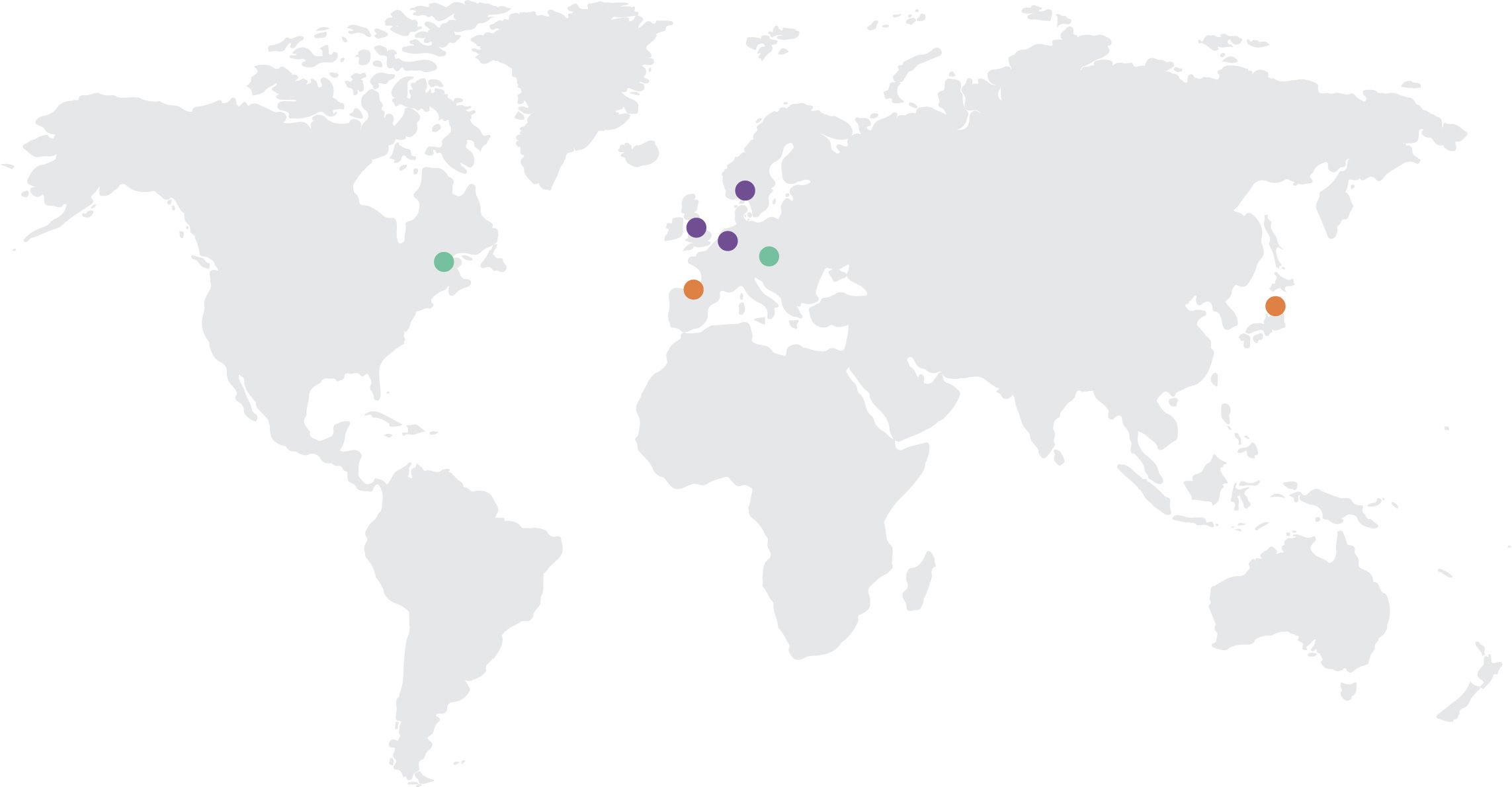

Akita

Population size
303,637
Population over 60

40%
City Life Expectancy

Akita: 80.5 years
Japan: 81.6 years

Akita: 86.9 years
Japan: 87.7 years
Age profile of the city
Old city, with slow growth
Ethnic diversity within the city

1.7%
Foreigners
Year the city joined the global network
2011
Age-friendly City Strategy
"Elderly people support each other to live, and live affluently"
Co-Production Forums
Citizen's association

Bilbao

Population size
342,662
Population over 60

32%
City Life Expectancy

Bilbao: 80.2 years
Spain: 81.2 years

Bilbao: 86.0 years
Spain: 86.5 years
Age profile of the city
Old city, with slow growth
Ethnic diversity within the city

13.7%
Foreign born
Year the city joined the global network
2011
Age-friendly City Strategy
"A friendlier Bilbao in all senses and for all people
of all ages"
Co-Production Forums
Engine group

Brno

Population size
382,405
Population over 60

27%
City Life Expectancy

Brno: 77.3 years
Czech Republic: 75.1 years

Brno: 82.7 years
Czech Republic: 81.2 years
Age profile of the city
Young city, ageing rapidly
Ethnic diversity within the city

10.5%
Foreigners
Year the city joined WHO Healthy City Network
1996
Age-friendly City Strategy
"A joint pro-family and
pro-senior policy"
Co-Production Forums
Advisory Board for the Family

Brussels

Population size
176,545
Population over 60

17%
City Life Expectancy

Brussels: 76.9 years
Belgium: 80.2 years

Brussels: 82.2 years
Belgium: 84.4 years
Age profile of the city
Young city, ageing slowly
Ethnic diversity within the city

52.4%
Foreign born
'visible minorities'
Year the city joined the global network
2008
Age-friendly City Strategy
"An enabling environment for active ageing"
Co-Production Forums
Senior Advisory Council

Manchester

Population size
552,858
Population over 60

13%
City Life Expectancy

Manchester: 75.5 years
England: 79.4 years

Manchester: 79.9 years
England: 83.1 years
Age profile of the city
Young city, ageing slowly
Ethnic diversity within the city

25.2%
Foreign born
Year the city joined the global network
2010
Age-friendly City Strategy
"Manchester: a great place
to grow older"
Co-Production Forums
Older People's Board
& Assembly

Oslo

Population size
697,010
Population over 60

17%
City Life Expectancy

Oslo: 80.0 years
Norway: 81.5 years

Oslo: 84.0 years
Norway: 84.9 years
Age profile of the city
Young city, ageing slowly
Ethnic diversity within the city

18.6%
Foreign born
Year the city joined the global network
2014
Age-friendly City Strategy
"Action Plan for an
Age-Friendly City"
Co-Production Forums
Citizen involvement &
Seniors' Councils

Québec

Population size
549,460
Population over 60

30%
City Life Expectancy

Québec: 81.4 years
Canada: 80.9 years

Québec: 84.9 years
Canada: 84.8 years
Age profile of the city
Young city, ageing rapidly
Ethnic diversity within the city

3.9%
Immigrants
Year the city joined the global network
2013
Age-friendly City Strategy
"Universally Accessibility
Action Plan"
Co-Production Forums
Older people part of the Steering Committee





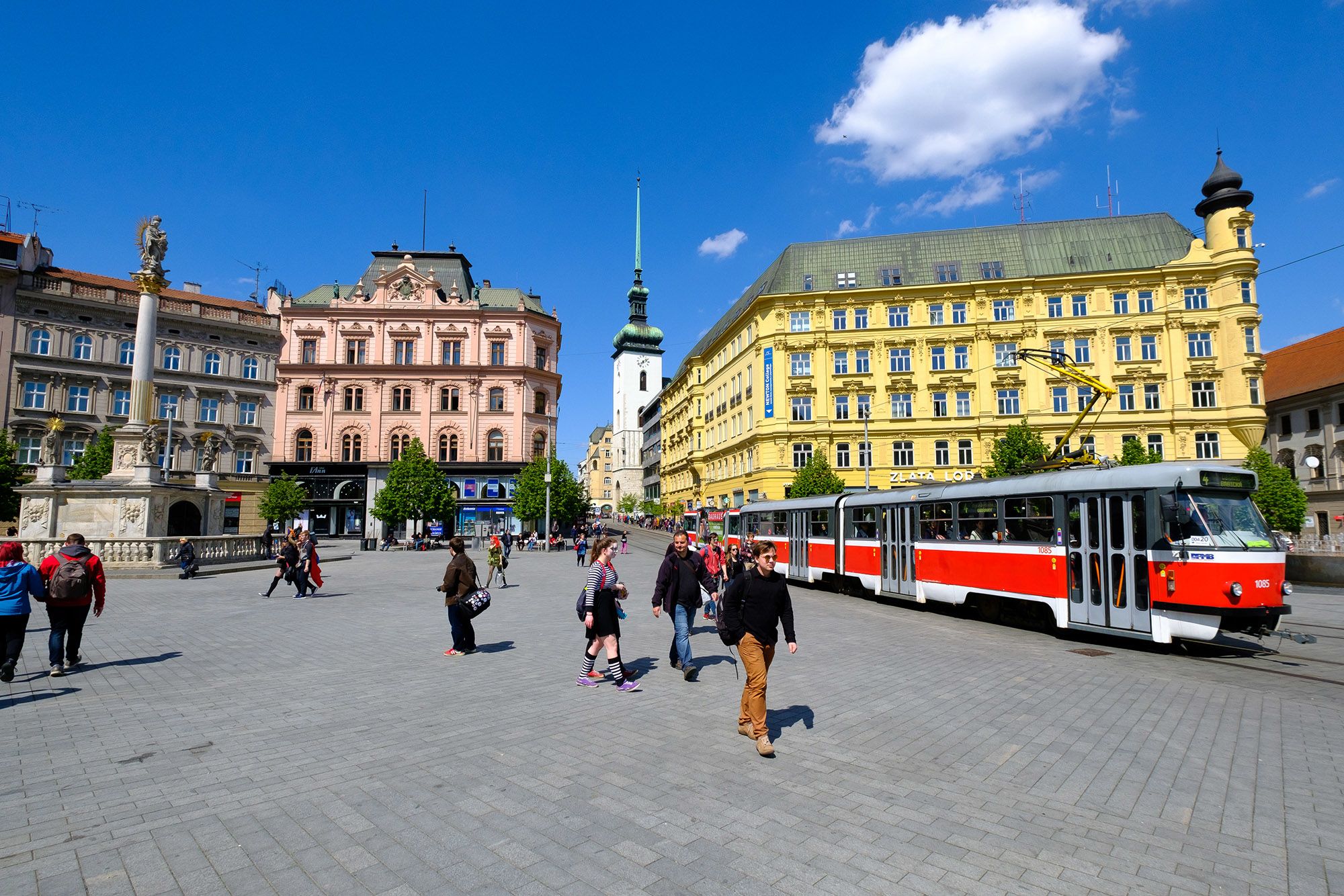




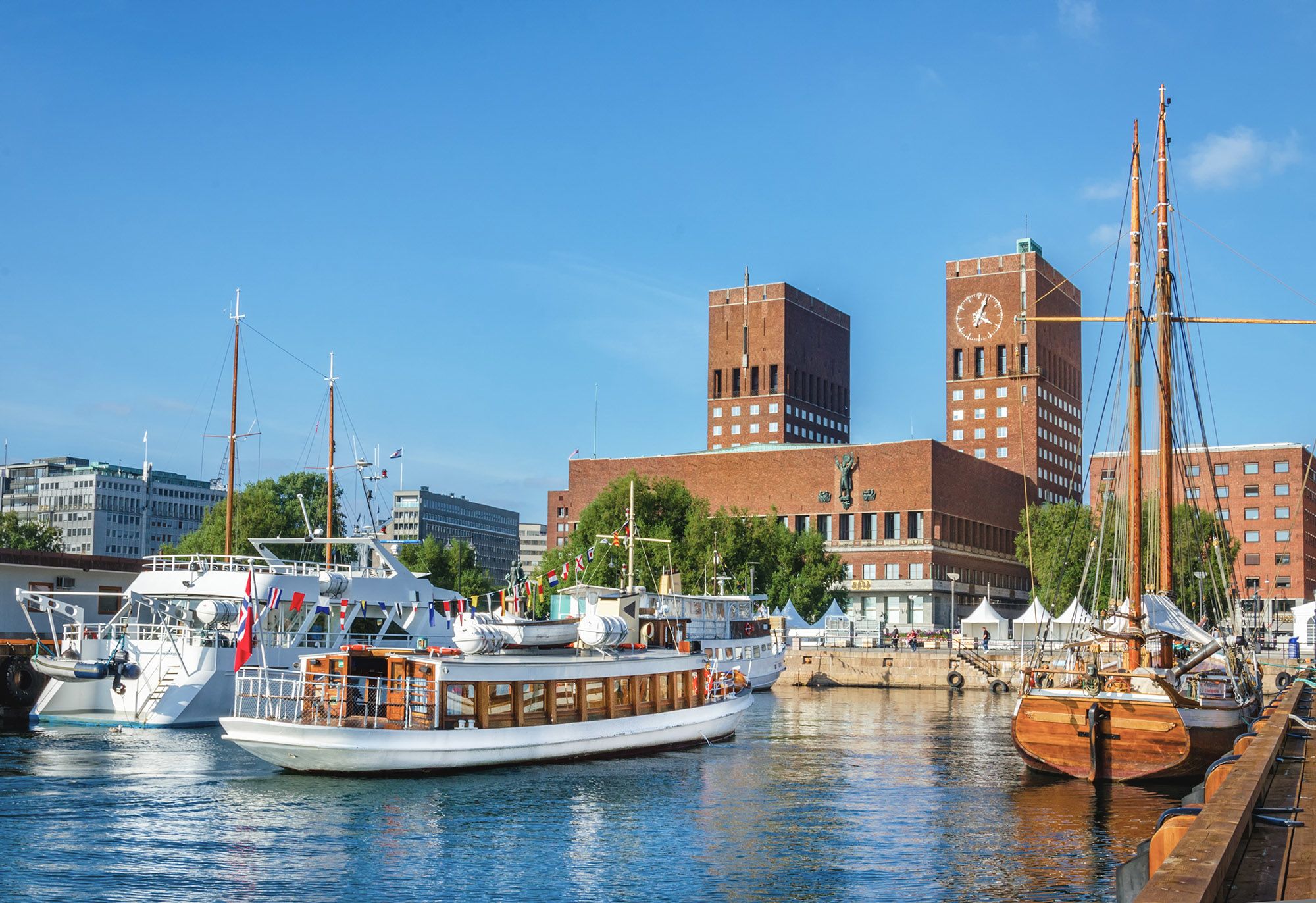
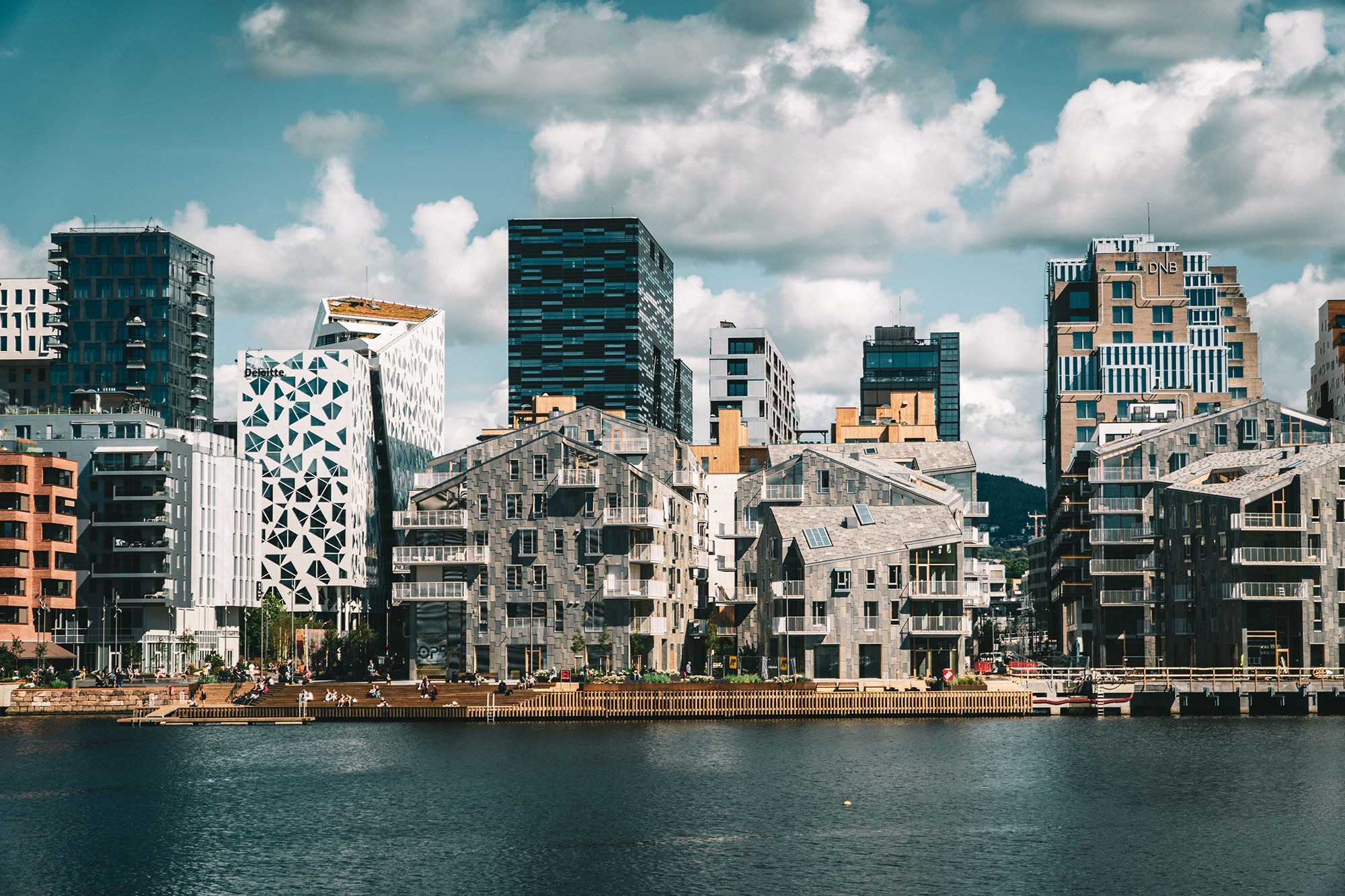

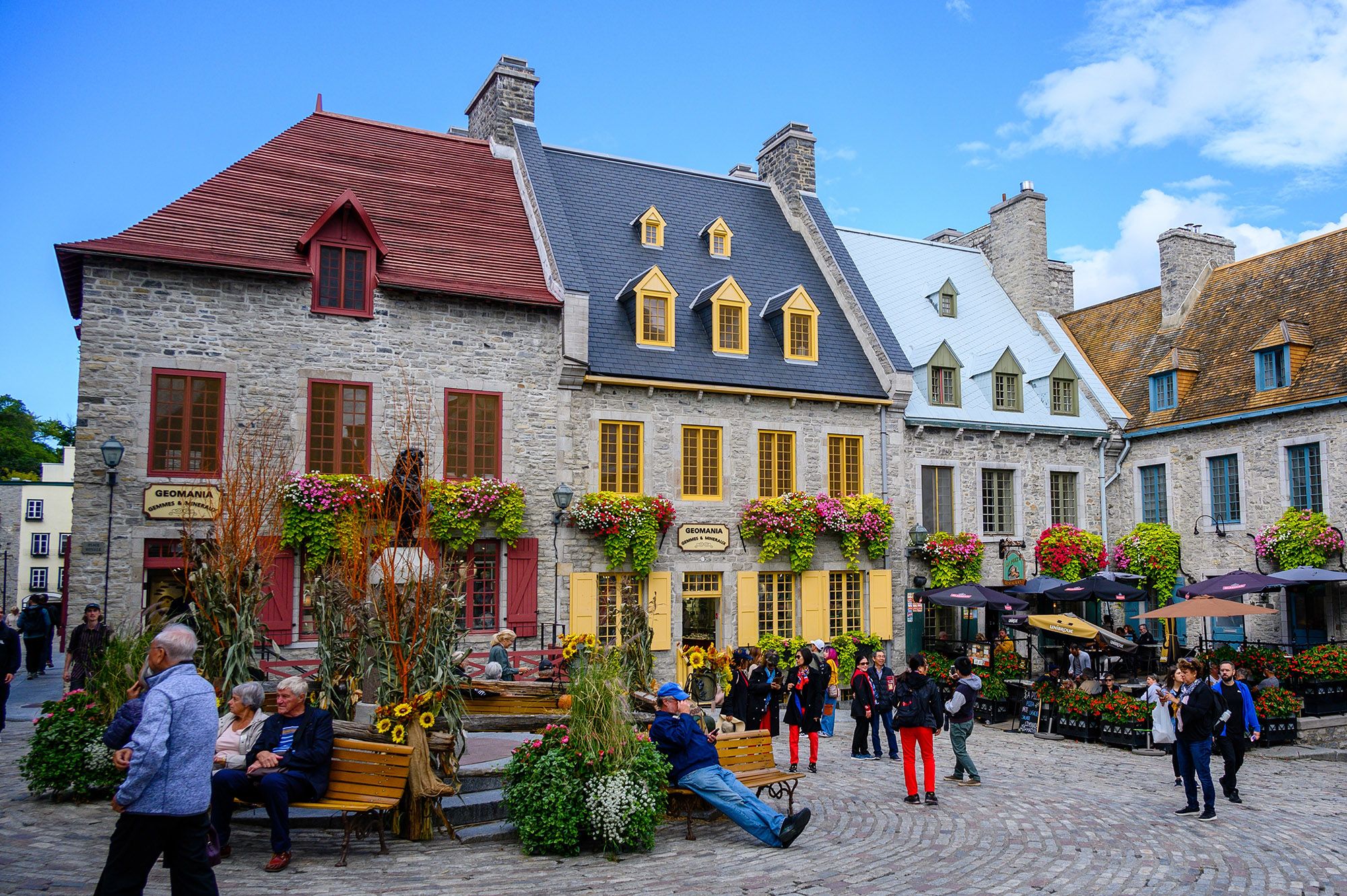
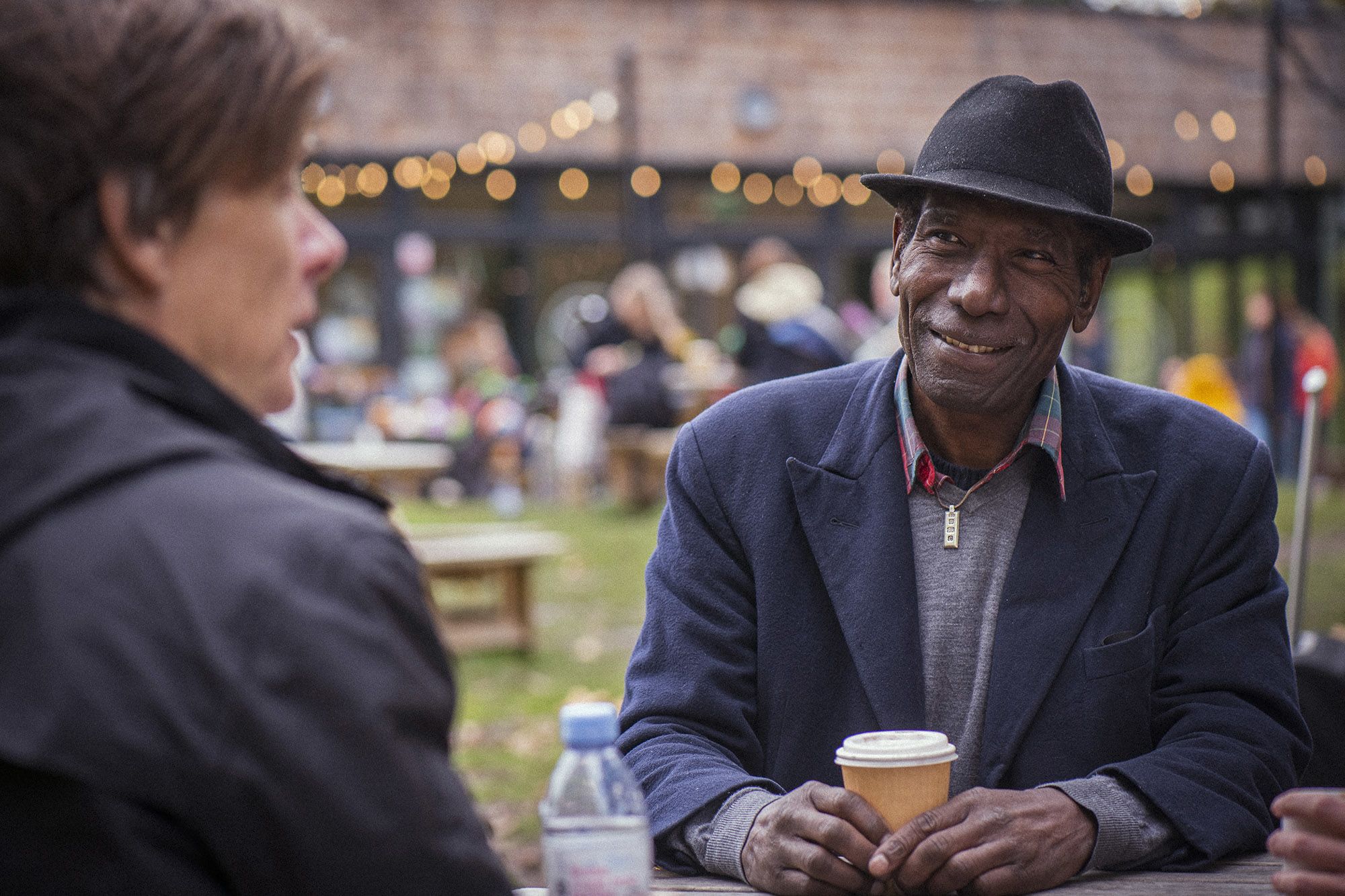
Acknowledgements
The Ageing in Place in Cities project team is led by Prof. Tine Buffel, Dr Patty Doran and Dr Sophie Yarker. The content on this website has been co-produced. We would like to acknowledge the contributions of Dr Hidetaka Ota, Akita University, Marian Pérez de Albéniz del Val, Bilbao City Council, Dr Martín Zúñiga, Grupo SSI, Ladislava Fiedlerová, Brno City Municipality, Eva Gregorová, Brno City Municipality, Barbara Wellens, Brussels City, Sofie Van Regenmortel, Statbel: Statistics Belgium, Dave Thorley, Manchester City Council, Monica Eriksen, Oslo City, Geneviève Duhaime, Québec City.
To cite: Buffel, T., Doran, P. & Yarker, S. (2023) A Spatial Justice Framework for Age-friendly Cities and Communities. Manchester: Manchester Urban Ageing Research Group. Available online here.
For more background into the seven project cities, and the sources for the demographic statistics presented above, see the full city profiles document here.